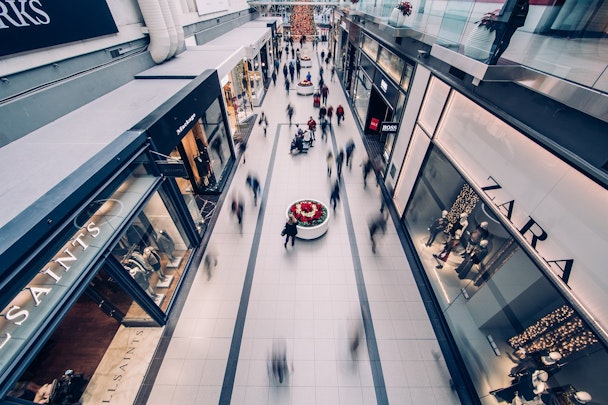Understanding consumer behaviour is key to reviving store visits
As consumers, how do we make decisions about the products we purchase and stores we visit? Most of us like to think there’s some sort of rational reasoning behind our decision-making. Factors like experience, quality and price. But realistically, our decisions are often unconscious, so why do we pick one coffee shop or fashion outlet over another?

As marketers we know the root of these unconscious decisions is most often a solid promotional strategy. TV, OOH, digital, influencer marketing and sponsorships all combine to push consumers towards making a decision to visit a store or buy a product online.
But often when it comes to advertising, particularly digital, this understanding of consumer behaviour drops off – we start thinking of consumers as users, and their behaviour becomes limited to how they interact on a specific device. A video view, a click, a swipe of a format and they must be interested in the brand, visiting a store and buying a product.
And really, that’s not how people work. That approach works fine if we’re only aiming for a click on an advert, but it’s not going to get consumers to change their behaviour and visit a brand-new store – or even an old one, and that’s what we need them to be doing right now.
Drive-to-store campaigns have different expectations of the consumer than other types of campaigns. When we think about real world KPIs like store visits we need to think about real consumer behaviour and use that behaviour to inform how we plan advertising campaigns.
Interaction and reminders
First the timescales for generating a store visit are wildly different from what it would take to generate a click on an ad, or even a shift in brand perception or recall. The time it takes between viewing an ad and the viewer to actually visit a store or a restaurant can be days or even weeks. Imagine you’re the consumer, you see an ad for a new restaurant, you message your friend and between both of your schedules you agree to meet at that restaurant in 6 weeks. That type of interaction happens all the time. It’s vital to measure and run an ad campaign for a realistic timeframe, at least a month, if you’re going to capture and measure the impact on store visits.
Next you need to remind people, over and over again. It’s not enough to show someone an ad once or twice over the course of a month and hope that’s enough to make them visit a store. It might be enough to make them click on an advert, but it’s definitely not enough to change behaviour and get them off the sofa. Yes, continuous repetition of the same ad over and over can be irritating (although the radio and TV industry doesn’t seem to have a problem with it) but if you’re targeting the right audience group you can deliver variety by using a range of different creatives, calls to action, formats and publishers. Having that consistent, unconscious message in the back of their mind is what’s going to make a consumer go through your door for the first time.
Finally think about offering your potential customers genuine incentives. What would it take to make you give up your normal Friday lunchtime Pret-à-Manger and risk somewhere new? A really delicious alternative? Free coffee? A loyalty card? Whatever you have decided is your brand’s USP or tactic for attracting new customers make sure the message is front and centre in your advertising campaign. It could even be that you’ve implemented the strictest form of social distancing post-covid. Using aspirational lifestyle shots is perfect for brand building, but it’s not explicit enough to push people through the lower end of the funnel and visit somewhere new.
Retailers, restaurants and dealerships need to get customers physically back into stores. Approaching advertising with real consumer behaviour in mind is the best way to drive results.
Content by The Drum Network member:

S4M
S4M – The drive-to-store platform.
S4M’s aim is to help brands succeed, we want to see busy stores, popular restaurants and thriving car dealerships....

